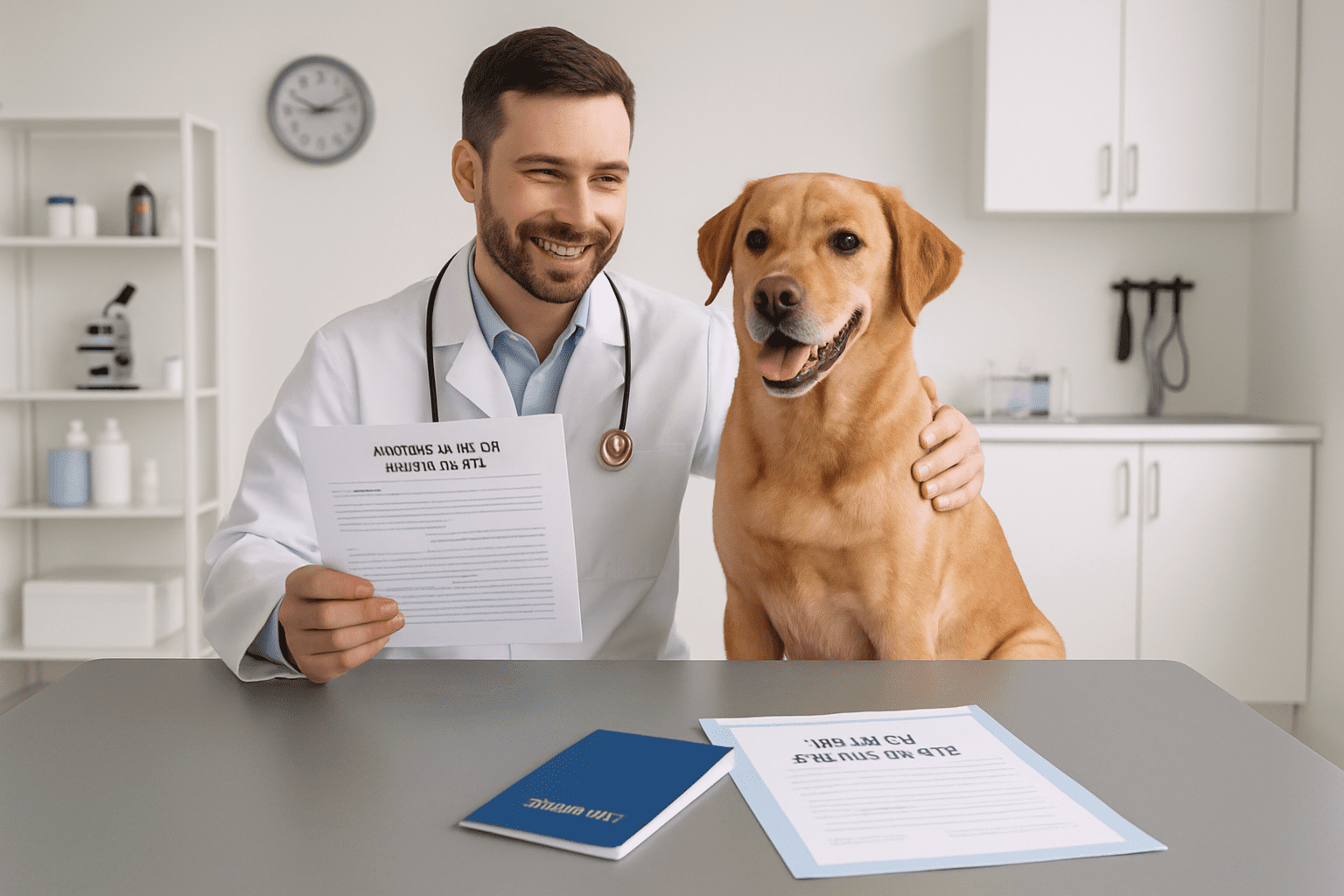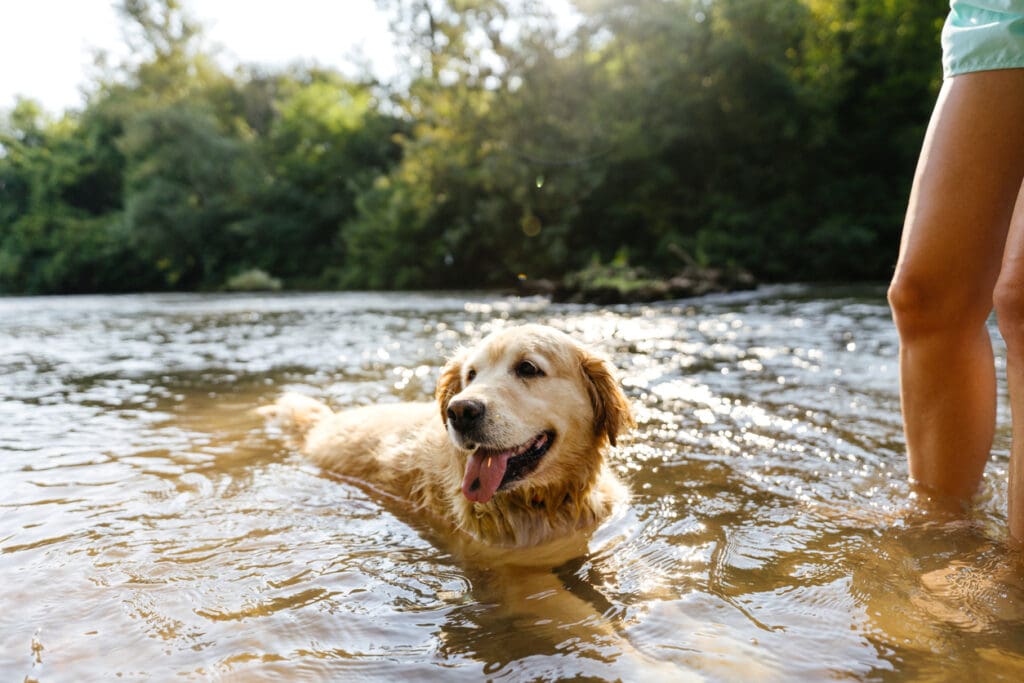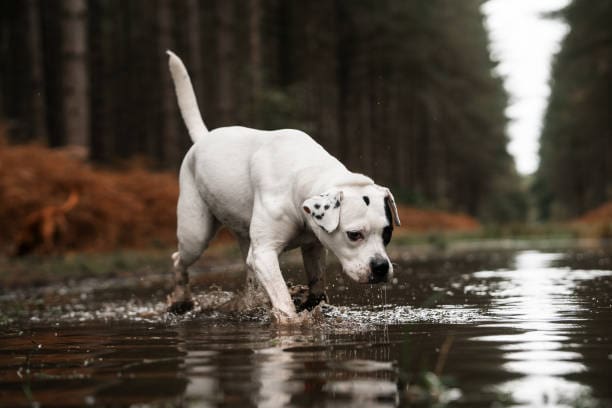
For many pet owners, their dog is more than just a companion — they’re family. So when travel plans arise, especially by air, it’s only natural to want your furry friend by your side. But flying with your dog involves much more than booking a ticket and arriving at the airport. Upon arriving at the airport, you must check in at the Special Service Counter or with the airline staff to ensure your pet meets all requirements. Additionally, understanding the policies and procedures for bringing your pet on board is essential, as different airlines have varying regulations and weight limits. Whether you’re taking a short domestic flight or traveling internationally, there are critical things you need to know to ensure a smooth journey for both of you.
Introduction to Air Travel with Pets
Air travel with pets can be a complex and challenging, but with the right information and preparation, it can also be a safe and enjoyable experience for you and your pet. Many airlines, such as American Airlines, Delta, and JetBlue, accept pets on their flights, but each has pet policies and requirements. Before booking a flight, it’s essential to research the airline’s pet policy, including their rules on carry-on pets, checked pets, and service animals. Additionally, you’ll need to consider factors such as the size and type of pet carrier, health certificates, and pet fees.
Understanding these policies in advance can save you from surprises at the airport. For instance, some airlines may restrict the number of pets allowed in the cabin, while others might have specific requirements for the type of pet carrier you use. Ensuring that your pet carrier meets the airline’s size requirements and that you have all necessary documentation, such as a health certificate, will help make the check-in process smoother. Remember, preparation is key to a stress-free journey for you and your furry friend.
1. Know Your Airline’s Pet Policies

Pet travel rules vary widely between carriers. Understanding pet boarding requirements is crucial, as airlines have specific rules regarding capacity limits, fees, and behavior that could affect a pet's ability to board. Additionally, seating configurations and limitations dictate where customers with carry-on pets may select seats, often restricting certain seat areas based on the type and arrangement.
Most airlines accept pets, but their policies on carry-on pets, pet fees, and pet carrier dimensions are not always the same. In most cases, dogs must fit comfortably inside a soft-sided carrier that meets the airline’s maximum dimensions requirements to fly in the cabin.
Each airline has specific restrictions on:
- How many carry-on pets are allowed per passenger
- Whether service animals or emotional support animals require special documentation
- What age must a pet be to fly (usually 8–10 weeks)
- If large dogs must fly in cargo, or if the airline allows tandem bookings for pets of similar size
Check these pet policies well before your flight to avoid surprises at check-in.
2. Choose the Right Type of Flight
Book direct domestic flights to minimize stress and risk for your pet when possible. Most flights allow pets to travel in the cabin or cargo. Still, it's essential to check each specific regulation and allowance. Transfers can be chaotic, especially if the carrier has to be moved between terminals. Also, consider flying during early morning or late evening on hot days to prevent overheating, especially for snub-nosed breeds more prone to respiratory issues during air travel.
3. Understand Cabin vs. Cargo

Flying in the cabin is usually the best and safest option for small dogs, as many airlines allow pets under specific conditions. When booking your plane ticket, ensure you understand the pet regulations, including the necessary health certificates and booking procedures. Your dog must remain inside their carrier and fit under the seat before you, similar to a personal item. Only one pet carrier is typically allowed per passenger.
If your dog is too large for cabin travel, they may need to fly as checked baggage or cargo, which involves different rules. Not all airlines offer this service, and the kennel used must meet strict safety requirements, including ventilation openings, secure doors, and enough room for the dog to stand and turn around in a natural position.
4. Prepare the Right Documentation

Many airlines require a health certificate issued by a vet within 10 days of travel, especially for those traveling on official orders. This document certifies that your dog is healthy enough to fly and is up-to-date on vaccinations. Active-duty U.S. military and U.S. State Department Foreign Service personnel have specific travel provisions, including the allowance of checked pets under certain conditions while on official orders. For international travel, you may also need to meet entry requirements for your destination country, such as rabies titer tests, quarantine periods, and disease control documentation.
Dogs entering the European Union, Puerto Rico, the Virgin Islands, or other destinations may have special rules, so research carefully.
Entry Requirements for International Travel
When traveling internationally with your pet, it’s crucial to understand the entry requirements for your destination country. These requirements may include obtaining a health certificate, proof of vaccination, and a microchip for your pet. Some countries, such as those in the European Union, have specific regulations regarding the importation of pets, so it’s essential to check with the relevant authorities before your trip. You should also ensure that your pet meets the requirements for international travel, including being at least a certain age and having the necessary vaccinations.
Each country has its own rules, and failing to comply can result in your pet being denied entry or placed in quarantine. For example, dogs entering the European Union must have a rabies vaccination at least 21 days before travel and be microchipped. Additionally, some countries may require a rabies titer test or other disease control measures. Planning and gathering all necessary documentation will help ensure a smooth entry process at your final destination.
5. Choose the Right Carrier

The pet carrier you choose is crucial to a successful flight, and checking the airline's kennel requirements is essential. For carry-on pets, airlines prefer soft-sided carriers that fit under the seat directly in front of you. Look for carriers with:
- Better ventilation openings
- A sturdy handle
- Room for your dog to lie down comfortably
- Space for a water bowl and absorbent lining
The carrier should be labeled with your contact information and your dog’s name. It’s helpful to kennel-meet your dog to the carrier ahead of time using positive reinforcement.
Pet Must-Haves for Travel
To ensure a safe and comfortable trip for your pet, you’ll need to bring several essential items. These include a pet carrier that meets the airline’s size requirements, food and water for the trip, and any necessary medication. You should also consider bringing a favorite toy or blanket to comfort your pet during the flight. Additionally, it’s a good idea to pack a pet first-aid kit, which should include bandages, antiseptic wipes, and a muzzle.
A well-prepared travel kit can significantly improve your pet’s comfort and well-being during the flight. Ensure the pet carrier is well-ventilated and spacious enough for your pet to lie comfortably. Packing familiar items like a favorite toy or blanket can help reduce anxiety and make the journey more pleasant for your pet. Don’t forget to include waste bags and a portable water bowl to keep your pet hydrated throughout the trip.
6. Prepare Your Dog for the Journey
Before your trip, pets must get used to the carrier by being allowed to explore it at home. Pets traveling with American Airlines Cargo must adhere to temperature restrictions to ensure their safety during the journey. Practice short car rides to simulate the feeling of traveling. If your dog is anxious, consult your vet about possible calming options.
Bring along:
- A health certificate
- Pet treats and a favorite toy
- A small dry bag with food, drinking water, and waste bags
- A travel-sized aid kit
On the day of your flight, feed your dog a small meal a few hours beforehand and ensure they’ve had time to go to the bathroom before arriving at the airport.
Pet Travel Safety
Pet travel safety is a top priority, and there are several steps you can take to minimize the risks associated with air travel for your pet. These include choosing a direct flight, avoiding travel during peak hours, and ensuring your pet is healthy enough for travel. You should also consider the temperature and humidity levels in the cargo hold, as well as the availability of ventilation openings in the pet carrier. It’s also essential to follow the airline’s instructions for traveling with pets and to stay informed about any changes to their pet policy.
Direct flights are generally less stressful for pets, as they reduce the time spent in transit and the risk of mishandling during transfers. If your pet must travel in the cargo hold, ensure that the carrier has adequate ventilation openings and is sturdy enough to withstand the journey. Monitoring weather conditions and choosing flights during cooler parts of the day can help prevent overheating, especially for breeds prone to respiratory issues. Always consult your vet to ensure your pet is fit for travel and follow all airline guidelines to ensure a safe trip.
7. Plan for the Airport and In-Flight Experience
Most airports have designated pet relief areas — locate them in advance. You’ll need to remove your dog from the carrier at security checkpoints, so make sure they have a secure leash on.
Ensure your pet is on the same flight as you to avoid any separation during travel. Airlines often charge a pet fee, which covers the costs associated with bringing your pet on the flight.
Once onboard, your pet must stay in the carrier under your seat for the entire flight. Resist the urge to open the carrier unless instructed by airline staff.
Pet Travel Accessories
There are several pet travel accessories available that can make traveling with your pet easier and more comfortable. These include pet carriers, harnesses, crates, and accessories such as food and water bowls, pet beds, and toys. When choosing a pet carrier, look for one that is well-ventilated, comfortable, and meets the airline’s size requirements. You should also consider the type of material the carrier is made of, its durability, and ease of cleaning. Additionally, you may want to consider investing in a pet travel kit, including items such as a pet first-aid kit, a travel bowl, and a pet blanket.
A good pet carrier is essential for a smooth travel experience. Look for carriers with ample ventilation openings and enough space for your pet to move around comfortably. Soft-sided carriers are often preferred for cabin travel, as they can fit under the seat and provide a cozy environment for your pet. Investing in quality travel accessories, such as collapsible food and water bowls, can make feeding and hydrating your pet much easier. A well-stocked pet travel kit ensures you’re prepared for any situation, making the journey more enjoyable for you and your pet.
8. Special Considerations for Service and Emotional Support Animals
Service dogs can typically carry on without an additional fee and may sit on the floor before their handler’s seat. Documentation verifying the animal’s training may be required. Emotional support animals are no longer considered service animals under many airline policies and must follow standard pet travel rules.
9. After You Land
When you reach your destination, give your dog time to adjust and hydrate. Monitor your animal closely for signs of stress or illness, especially after international travel or a long trip.
Final Thoughts

Travel with a pet can be a safe and enjoyable experience with the right preparation and safety measures. Ensuring a positive experience for your dog or cat involves knowing the rules, choosing the right pet carrier, getting the proper health documentation, and planning for comfort.
Whether hopping on a domestic flight or embarking on an international adventure, always prioritize your dog’s comfort and safety.
Happy travels to you and your pup!
Frequently Asked Questions
About K9 Conquest

K9 Conquest is your source for ideas, tips, and products to make your outdoor adventures with your dog safer, more fun, and more effortless. Subscribe to our newsletter to get more tips as we write about these ideas.




